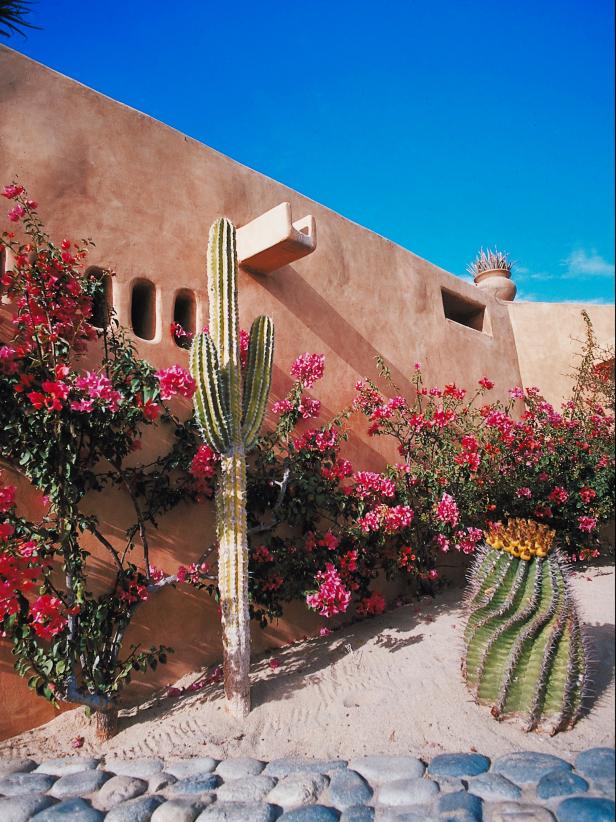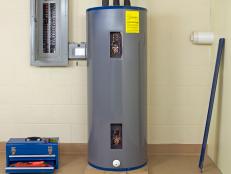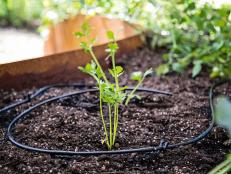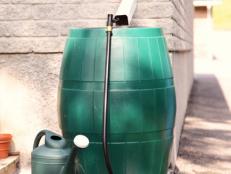Reduce Water Use With Xeriscaping

Jupiterimages
There is more to a home than its walls, insulation, and foundation; yards offer homebuyers space to relax, cook out and enjoy nature. Homebuilders can think of a yard as an additional room of the home, requiring the same amount of planning and maintenance as the interior. Just as interior design elements help bring a home together, landscaping provides a finishing touch that makes a home feel complete.
If you view the yard as an integral part of the home, you should extend best practices in homebuilding to the outdoors and make conserving resources a priority. Traditional landscaping requires a lot of watering, fertilizing and pruning, but there is another type of landscaping that supports water conservation; xeriscaping uses considerably less water than a traditional landscape. A xeriscape consists of indigenous plants that are drought-tolerant and accustomed to arid regions. Because xeriscaping requires less water use and upkeep, homeowners benefit from lower utility bills and enjoy a healthier environment.
A xeriscape is easy to build, as long as the following principles are taken into consideration:
Have a Plan
The same design principles used in homebuilding can be applied to landscaping. Just as you would use blueprints to guide construction, you should sketch plans for the landscaping, mapping out each feature of the yard. Use graph paper to mark property lines, telephone poles, water lines, spigots and other structures that will influence where you locate plants, turf and patios. Taking panoramic photos of the yard is a good way to visualize how you might eventually landscape the yard.
As you draft a plan, consider the function of different parts of the yard. Do you want to reserve a spot for barbecuing, create a quiet nook for reading or designate an area for recreation? Which parts of the yard will homeowners view from their windows? Whatever the use, make sure the landscaping suits the homeowners' needs.
You should also determine what kind of vegetation will fit the physical conditions of the land. Slopes and depressions will affect drainage patterns and might require you to alter the land before you begin planting. In arid climates, it might be necessary to add organic material to the soil to increase its ability to retain water. You'll also want to determine which areas receive sun or shade and plan accordingly.
Choose Appropriate Plants
Select a design theme, such as western or European, to unify the yard and add visual interest. Try to use plants that are native to an area, that are both drought-tolerant and eye-catching. Keep in mind that xeriscaping doesn't limit your options; there's a wide array of indigenous plants that can form your creative palette. Group plants together based on the amount of water they require to thrive. This will save time and conserve water, as it prevents you from giving plants more water than they need. In arid climates, buffalo grass and blue grama grass are good alternatives to Kentucky bluegrass, which requires four times as much water per year. Other water-efficient strategies include reducing the size of the yard and using more shrubs or groundcovers. Mulching also helps to minimize evaporation and retain moisture in the soil, so that you don't have to water vegetation as much.
With the right planning and design choices, xeriscaping provides homeowners with a low-maintenance and water-efficient yard.









































